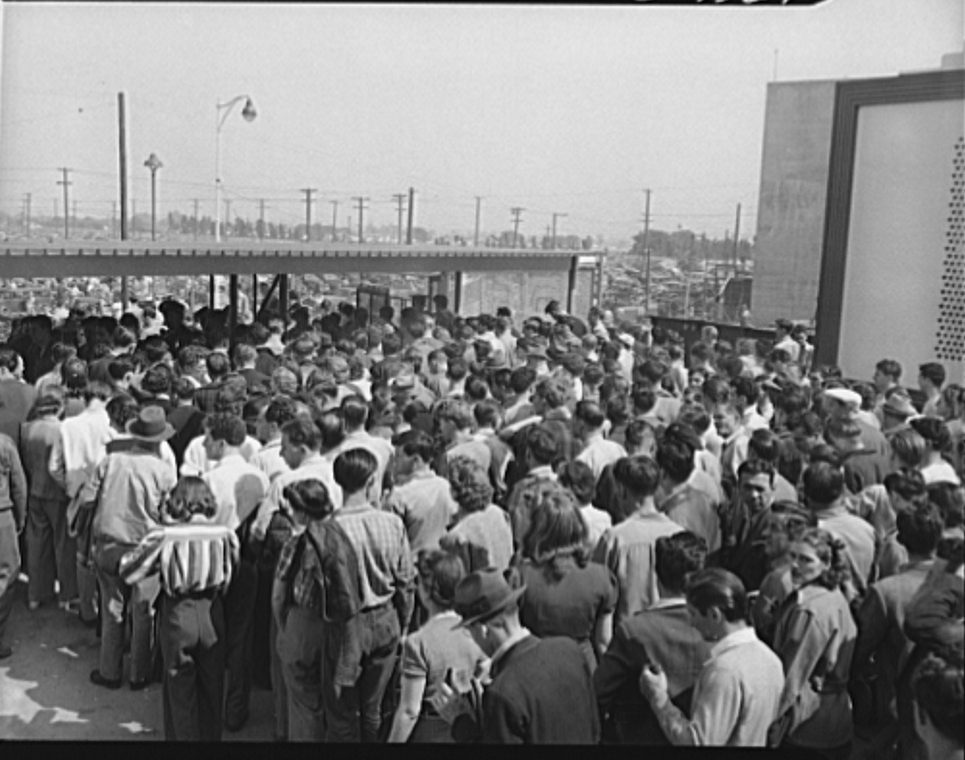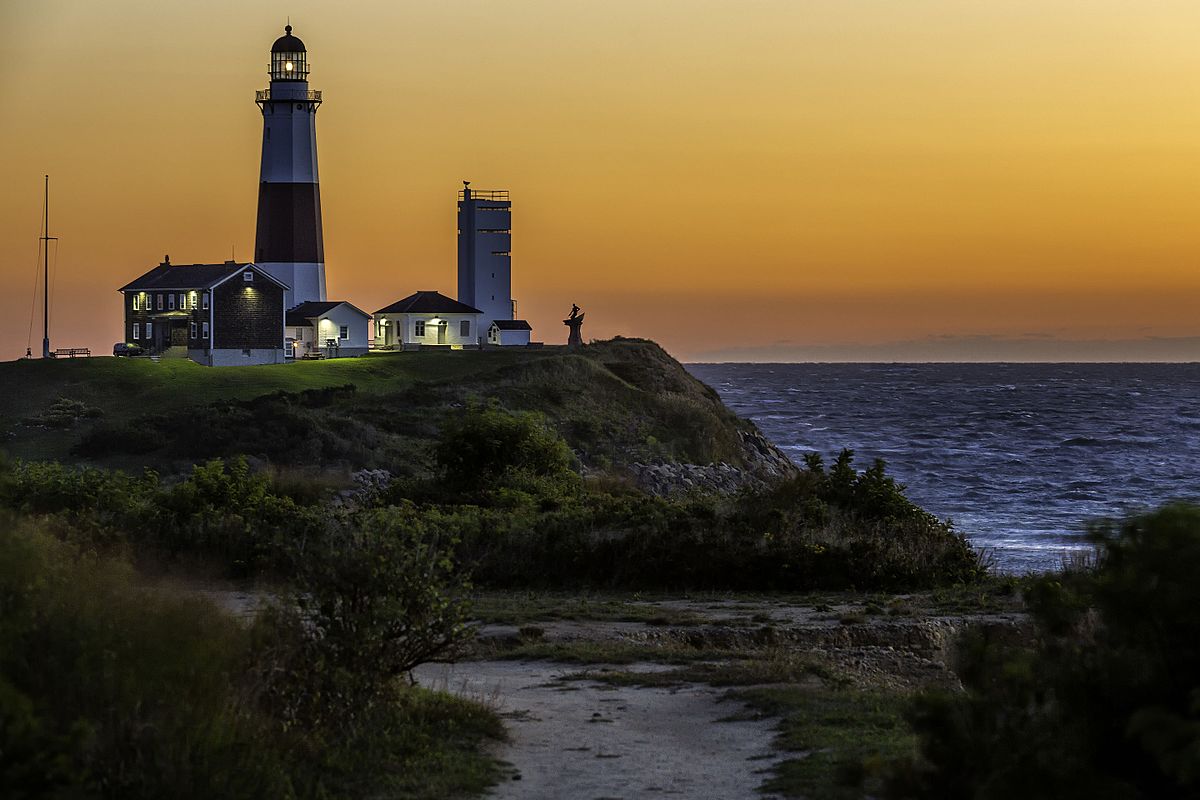AerialTorpedoDude69
Airman 1st Class
- 261
- Mar 1, 2022
Dear lord, I just read about Brewster's other aircraft, including its version of the Corsair. Brewster's planes were so bad they were falling apart in the air and pretty much none of their aircraft made their performance estimates.No Brewster Buccaneer?
The factory conditions were something out of a Russ Meyer film. Or perhaps Porky's or maybe Gung Ho is more accurate? Regardless, the article is a very sad read and summarizes how little the government thought about Brewster's aircraft.
People were having sex on the assembly floor inside the planes. Crews were notorious for forgetting tools in the aircraft after they were completed, leaving pilots to wonder what the rattling sound was. The Brewster plant was seized by the government at one point and it even had a worker strike in the middle of the war.
The Brewster XA-32 also deserves some discussion. It was a really bad airplane, particularly for the year it was released (and cancelled).



